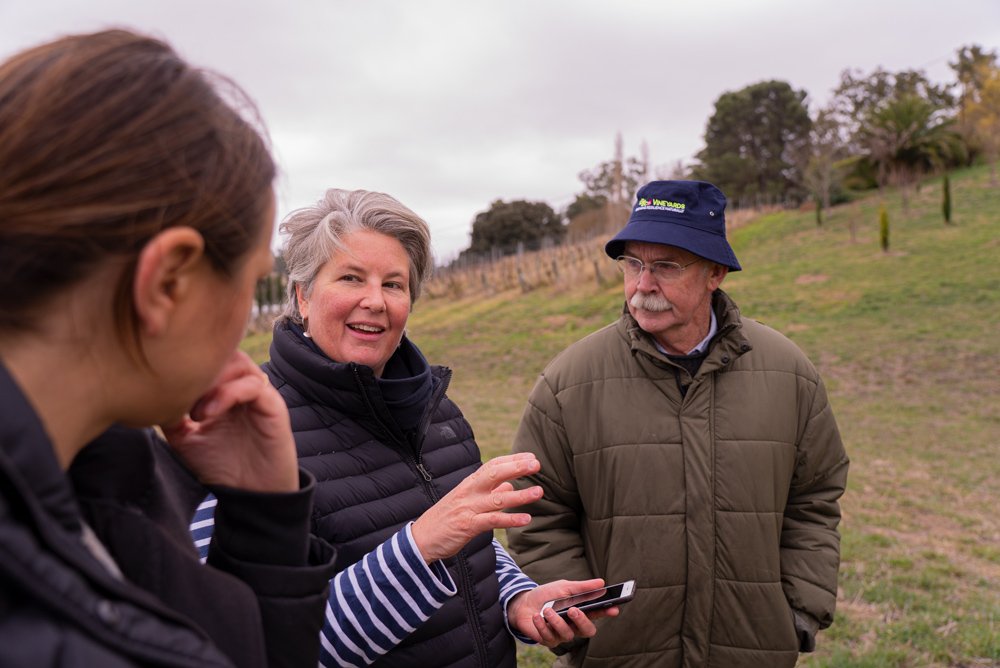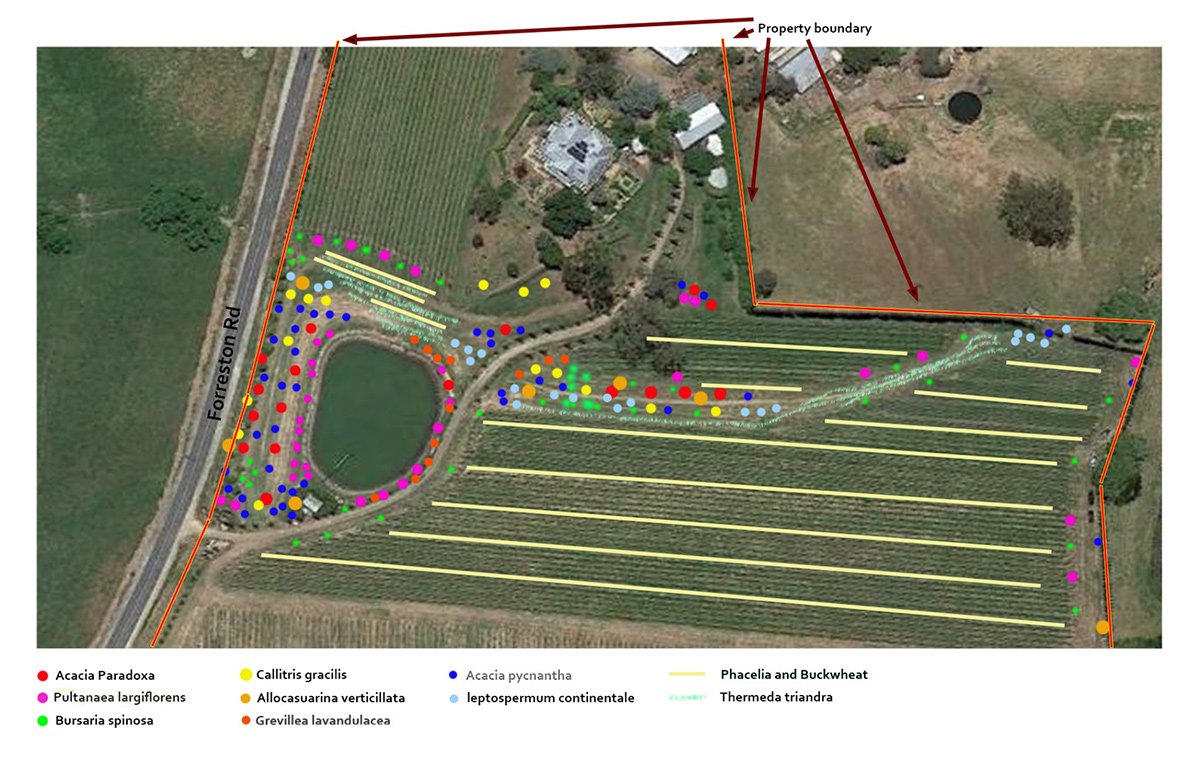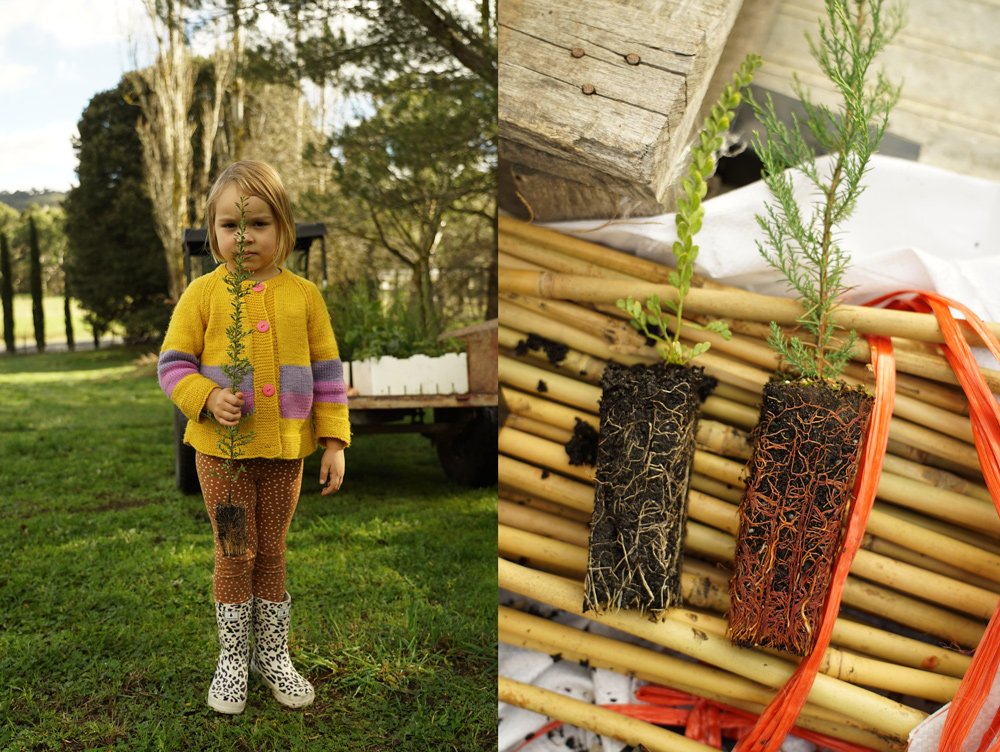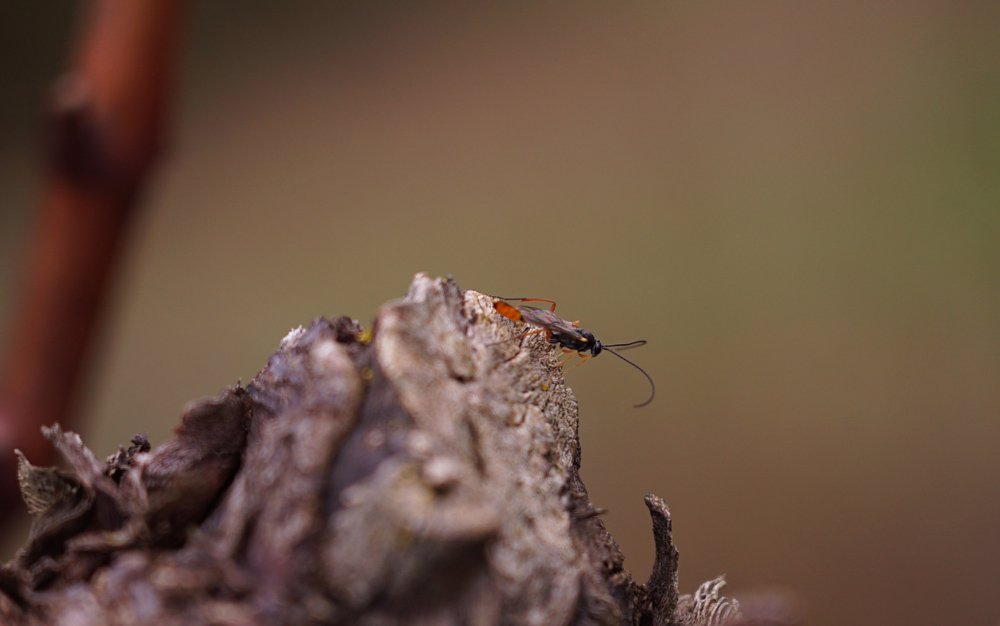Making Better Wine With EcoVineyards
We’re all sick of hearing about monocultures degrading our soils, ecology and food systems. Thankfully much of our undoing can bounce back with consciousness and attention.
Our organic viticulture journey started several years ago, and has opened our minds to the resilience that natural systems already have. Although we could see improvements in the general health of the vineyard we knew we could do more to boost the vineyard’s biodiversity and resilience.
Along the way we’ve always acknowledged other’s experiences. Unfortunately we didn’t know many from our part of the Hills. We wanted more information on what challenges to expect in our northern Hills macroclimate, and more specifically, our mesoclimate. Although we knew a lot of this would come with trial and error, a strong foundation of knowledge would save us a lot of time and money.
Eventually we were lucky enough to cross paths with viticulturist Mary Retallack from EcoVineyards. Mary had been implementing a tailored series of insectary trial sites through the Hills and SA, then gleaning the field-tested experience into practical information and insights targeted to individual regions.
Mary explains that the program helps establish ’Locally-adapted, native insectary plants that have the capacity to provide benefits – including weed suppression, erosion control, nutrient cycling, soil water retention, improved soil organic carbon and biological activity.’
EcoVineyards had been working with growers to build resilience naturally by establishing native insectary sites and biodiversity corridors. We knew we needed to tap into this rich and pertinent consultation program so went about the proposal process, before being finally accepted.
As an initial step with EcoVineyards we produced a Biodiversity Action Plan outlining what we wanted to achieve. This informed purchase of 900-odd native shrubs, trees and perennial grasses – selected for their ability to support the native ecology, as well as their frost resistance and ability to regenerate after fire.
We began by planting Bursaria Spinosa at the ends of rows (instead of the pretty, but useless, roses). Also known as Christmas Bush due to it's snow-covered-look at flowering, Bursaria Spinosa supports diverse predatory arthropods which attack a range of unhelpful arthropods. This reduces pest pressure on grapes and the need for more invasive, less targeted ways to remove them.
The last few weeks have also seen us plant many of the other endemic plant species, adding to the 1000-or-so sedges planted last year throughout the creek and around the dam.
Mid-row improvement will be tackled next. It’s currently dominated by volunteer grasses and clovers which are a legacy of cattle grazing. We’re considering seeding native grasses and phacelia as a start, but know that this step will take some persistence.
Interspersed legume cover crops will provide nitrogen fixing bacteria and form side-throw mulch in early summer. This will provide shade and add to the humus content of the soil.
We’ve already done so much, but there’s still plenty to do. By using small and slow solutions – by design or simply because of a lack of time – we will be creating more sustainable solutions in the long run.
Thankfully the process of building a more resilient vineyard has been as satisfying as growing and making wine. It not only brings us closer to the land, but also our family, friends and peers.






